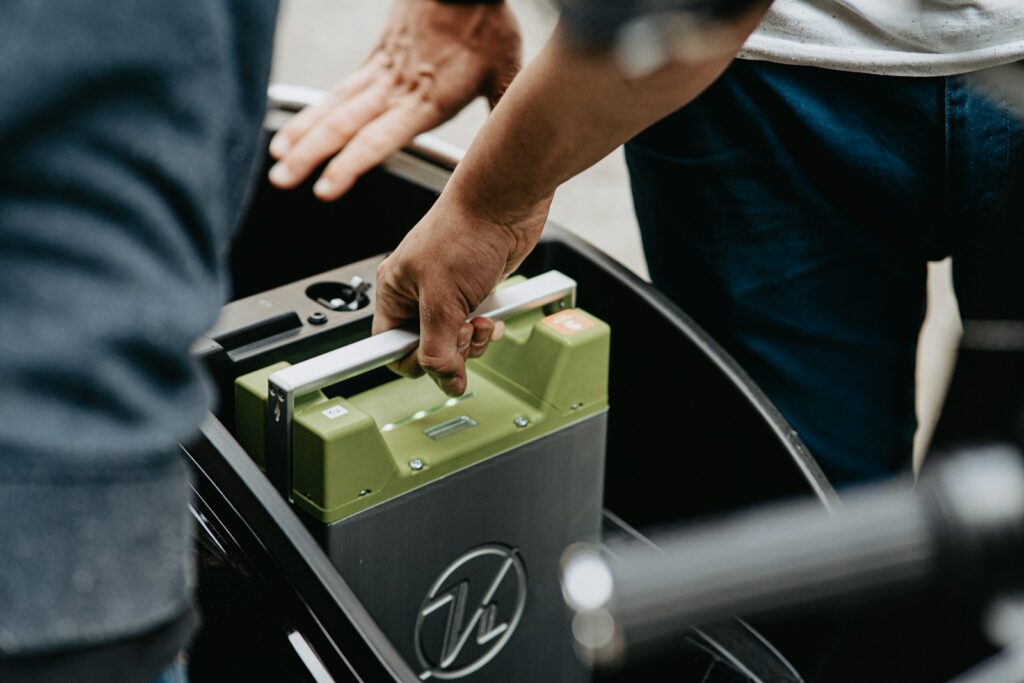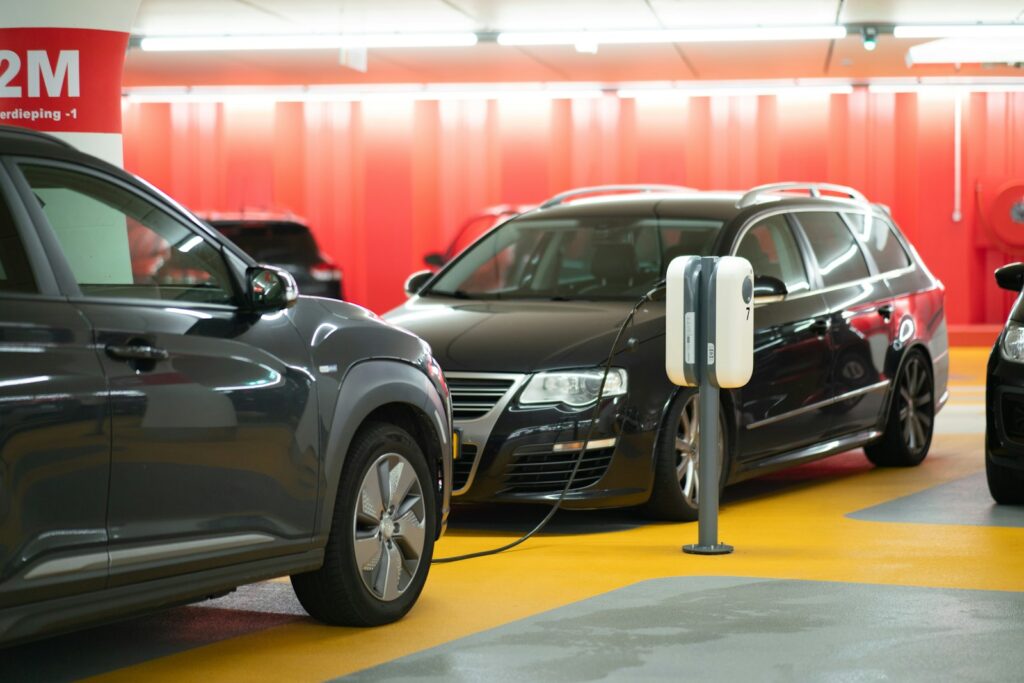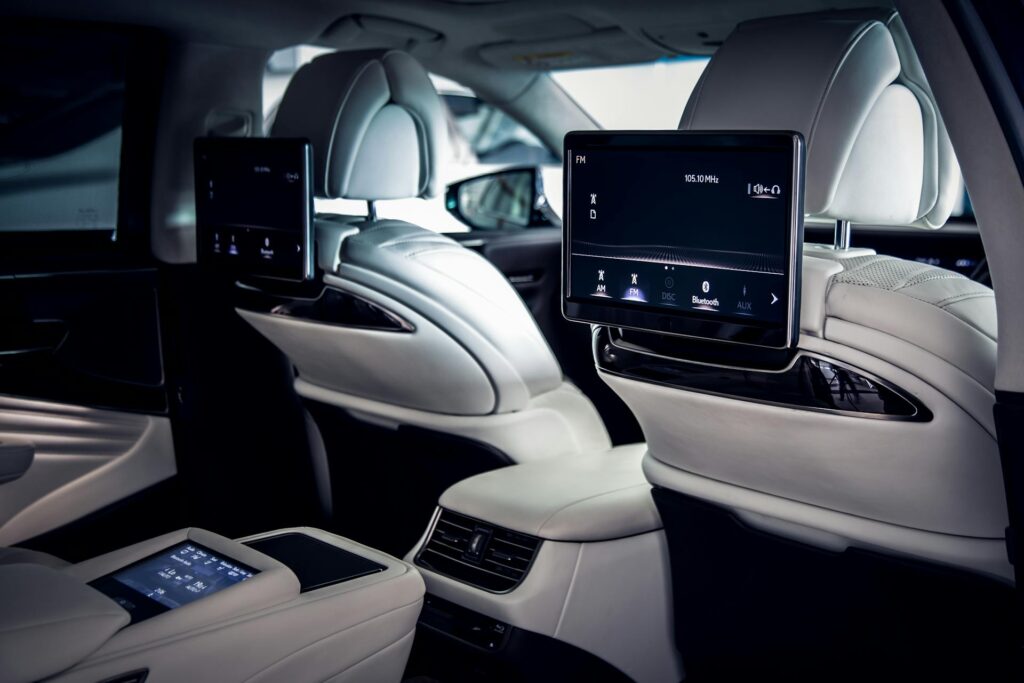Modern vehicles are more connected than ever, and that means cybersecurity isn’t just for your laptop anymore. Cybersecurity for connected cars is now a critical issue, with automakers and regulators racing to protect drivers from digital threats.
Here’s what every vehicle owner should know about staying safe on the road and online.
Why Hackers Target Connected Cars
Cars today run on millions of lines of code. From your infotainment system and navigation to over-the-air (OTA) updates and advanced safety tech, your car is essentially a rolling computer.
That opens the door to vehicle cybersecurity threats like:
- Remote takeover via Wi-Fi, cellular, or Bluetooth
- CAN-bus injection attacks to control brakes, steering, or speed
- Data theft through infotainment systems or mobile apps
- Vulnerabilities in IoT vehicle security platforms
If you want to understand why cars are more connected (and exposed) than ever? Check out our guide to Software‑Defined Vehicles.
Car Hacking Risks and Infotainment Vulnerabilities
Connected vehicles aren’t just theoretical targets. Real-world exploits have shown how easily bad actors can access and control critical car systems.
Some notable incidents include:
- Jeep Cherokee hack (2015): Remote exploit via cellular network allowed full control of steering and brakes.
- Tesla bug bounty: Researchers received $100K for uncovering a keyless entry exploit.
- EV charging apps: Several have leaked personal data or exposed APIs vulnerable to command injection.
The trend is clear. Car hacking risks and vehicle infotainment vulnerabilities are becoming common attack vectors.
How Automakers Mitigate Vehicle Cybersecurity Threats
With the rise of connected vehicle technology and growing car hacking risks, automakers are investing heavily in both prevention and rapid-response strategies to keep drivers safe.
Here’s how they’re staying ahead of evolving threats:
- Secure software architecture: Manufacturers are redesigning electronic control units (ECUs) and networks to follow the zero-trust model, where each internal system must verify the identity of the other before communicating.
- Over-the-air (OTA) patching: Automakers now deploy OTA updates not just for infotainment upgrades, but also for urgent cybersecurity threats. These allow remote fixes for software vulnerabilities without requiring a dealership visit.
- In-house cybersecurity teams: Many companies have dedicated “red teams” to simulate attacks, hunt vulnerabilities, and harden defenses before release.
- Compliance with global standards: Regulatory frameworks like ISO/SAE 21434 and UNECE WP.29 ensure that cybersecurity is part of every stage, from design to post-sale monitoring.
- Third-party penetration testing: Automakers often hire outside cybersecurity experts to test real-world exploitability and provide recommendations before a model goes to market.
As automotive cybersecurity regulations mature, these layered defenses help reduce risk while preserving the benefits of a fully connected driving experience.
How to Secure a Connected Car: Practical Tips for Owners
You don’t need to be a cybersecurity expert to protect yourself. Just a few habits can go a long way in staying secure. Here are some things you can do:
- Keep your vehicle’s software up to date with official OTA patches.
- Disable Wi-Fi/Bluetooth when not needed.
- Avoid pairing sensitive devices with rental cars.
- Don’t install third-party apps on your vehicle’s system.
- Read privacy policies before activating connected features.
Understanding how to secure a connected car helps reduce your digital risk behind the wheel.
Final Thoughts
Cybersecurity for connected cars isn’t optional anymore.
As cars become smarter, they also become more vulnerable. Understanding the risks, asking the right questions, and choosing brands that follow cybersecurity regulations will keep your data and your safety intact.
Connected vehicle technology is here to stay. Let’s just make sure it stays secure.



